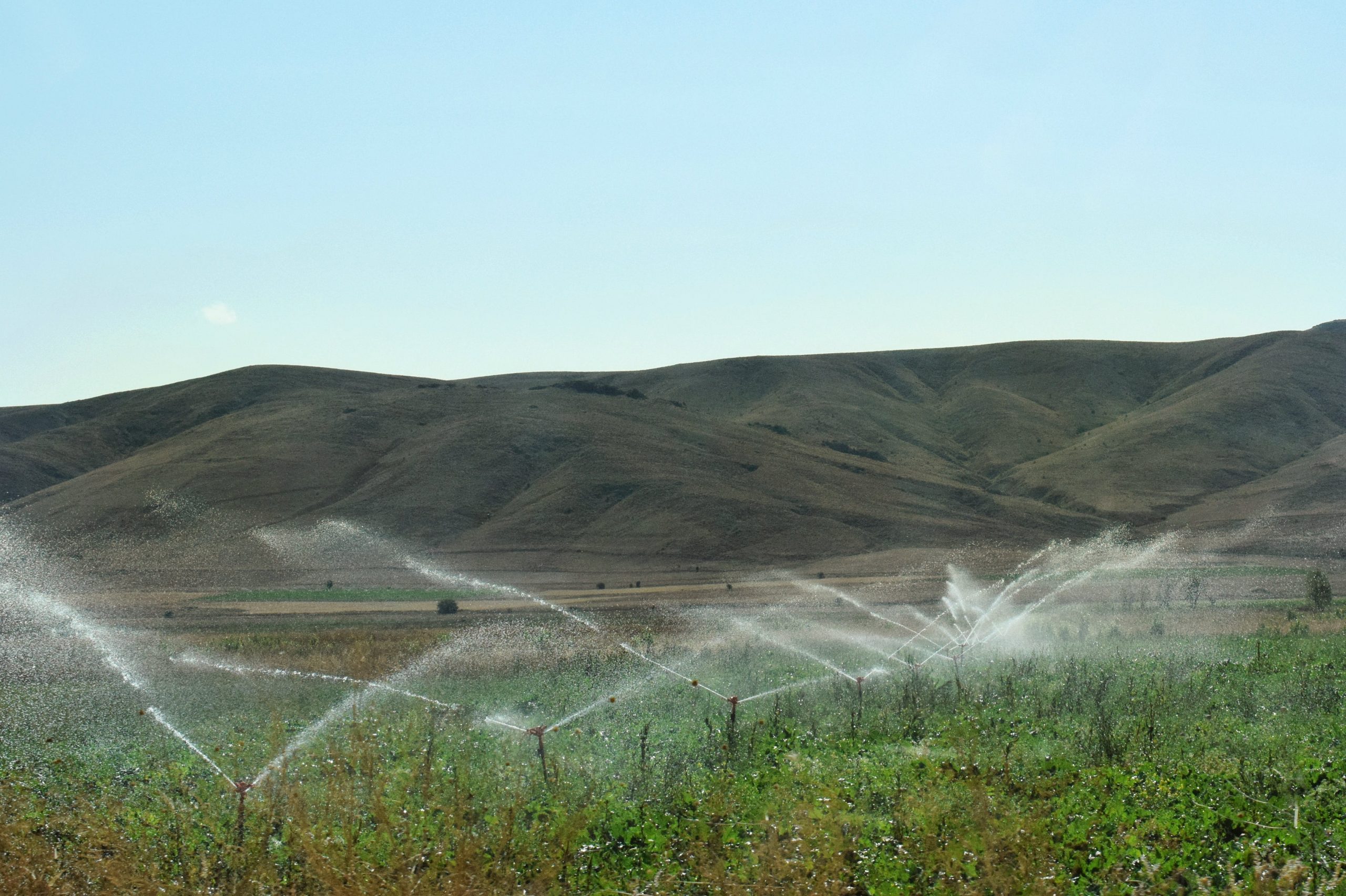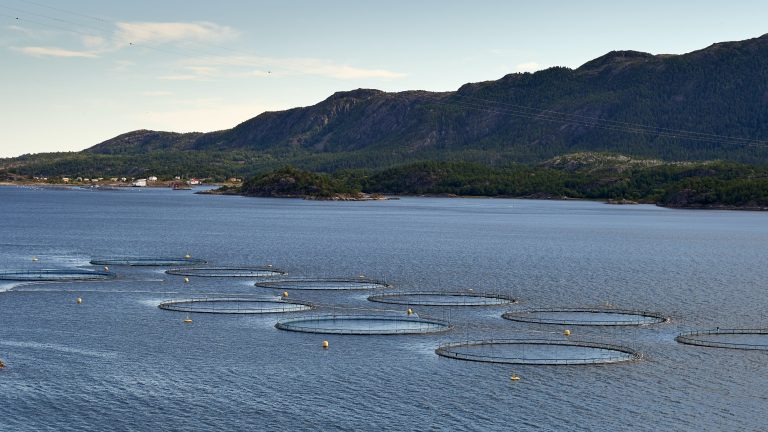Don't miss our holiday offer - 20% OFF!
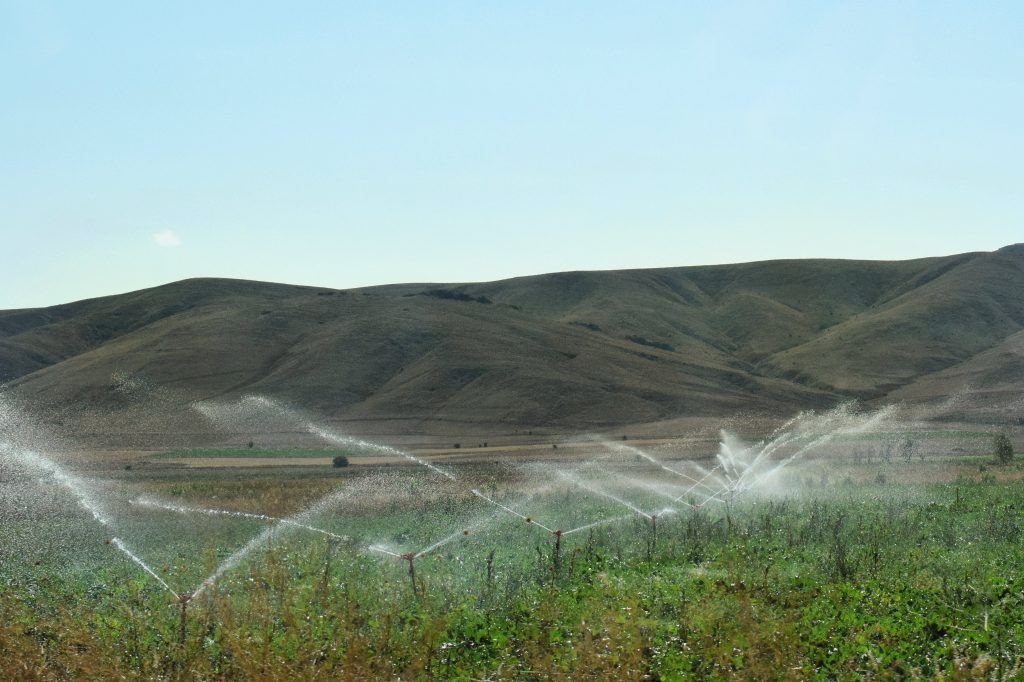
Read also : Integrating Gas Sensors to Maintain Air Quality and Save Energy
Agriculture has been the backbone of many countries, providing food, raw materials, and employment. However, with the global population growth, the challenges faced by the agricultural sector have become increasingly complex. Agricultural sustainability has become a key issue, as natural resources are limited, and climate change affects crop yields. This is where the Internet of Things (IoT) plays a pioneering role in restructuring agriculture. IoT sensors are changing the way we manage agriculture, improving productivity, and ensuring the sustainability of the future. In this article, we will explore the impact of the agricultural revolution brought about by IoT sensors.
Contents
Utilizing IoT Sensors in Agriculture
IoT sensors are small devices installed in agricultural fields to collect real-time data on environmental conditions and crop growth. They can measure temperature, humidity, soil pH, nutrient levels, sunlight, and even rainfall estimates. This information is integrated into an analytics system accessible to farmers via mobile devices or computers. As a result, farmers can make smarter decisions in managing their agriculture. For instance, these sensors can provide insights into when to water crops, apply fertilizers, or protect plants from pests and diseases. This not only reduces resource waste but also enhances crop yields.
Enhancing Agricultural Productivity
The utilization of IoT sensors helps improve agricultural productivity in the following ways:
Efficient Water Management

Read also : Humidity Sensors for Building Efficiency and Air Quality
Soil moisture sensors can inform farmers when to irrigate crops, avoiding water wastage.
Fertilization Optimization
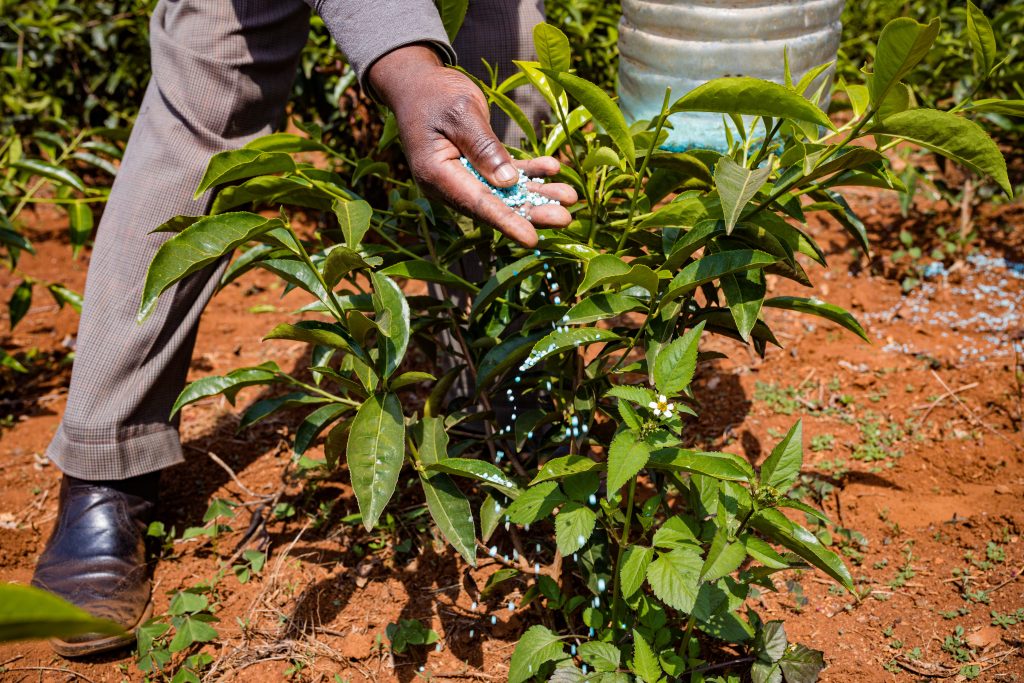
Read also : Utilizing IoT Sensors for Urban Traffic Optimization
Soil nutrient sensors identify nutrient deficiencies, allowing for more efficient fertilizer use.
Preventing Crop Damage

Read also : Implementasi IoT Pertanian dengan fluxFarming
Sensors can detect diseases or pest infestations early, enabling prompt preventive actions.
Agricultural Sustainability
Apart from boosting productivity, the implementation of IoT sensors also contributes to agricultural sustainability. With accurate data and smarter decision-making, farmers can:
Reduce Pesticide Usage
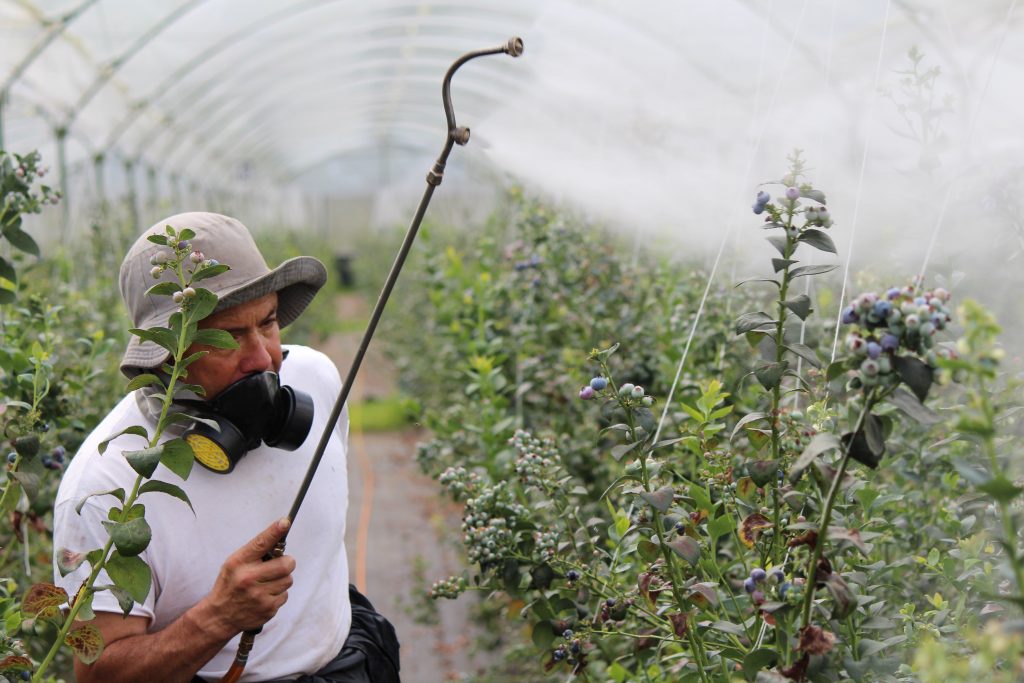
Read also : Optimizing Energy and Resource Usage in the Office Environment with Smart Technology
Avoid excessive pesticide use that can harm the environment.
Soil Erosion Reduction

Read also : Weather Sensors Controlling External Weather Factors
Sensors can assist in managing soil erosion by providing information on optimal land use.
Conclusion
In this digital era, IoT has opened the door to an agricultural revolution. IoT sensors empower farmers with real-time data that improves productivity and promotes agricultural sustainability. This is a crucial step towards more efficient, sustainable, and environmentally friendly agriculture. With the right implementation, IoT sensors can help address the challenges of modern agriculture and offer hope for a brighter future in farming.


